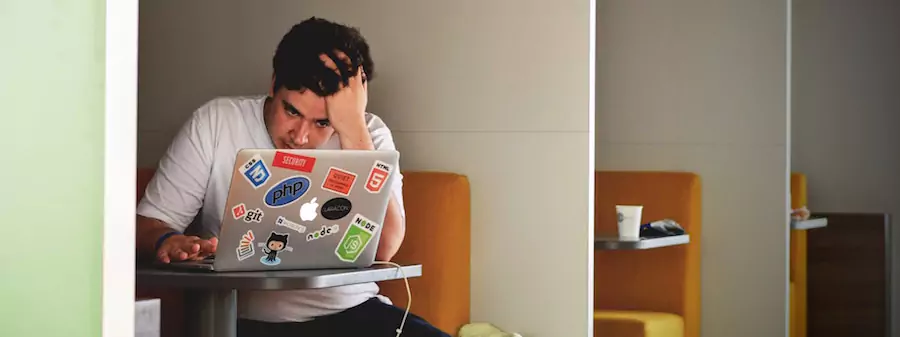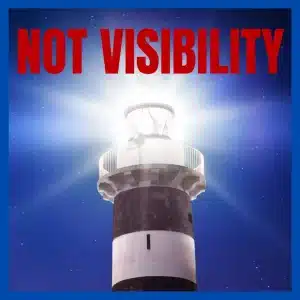
The Rise of Workplace stress
There is a war going on in our workplaces being fought out between Multi Tasking and Mindfulness. One camp wants to us do more and faster. The other wants us to do more by doing one thing more slowly.
The big casualty of this war is the wellbeing of our workforce. Instead of healthy places to work, workplace stress is accelerating.
Chris Pash reports on Business Insider, that one third – yes one people out of every three in the workplace – are suffering some form of mental illness including depression, anxiety and stress. This is an increase from 20% to 33% in the past ten years. And, most people don’t even know they are suffering from workplace stress.
Many lawyers suffering with workplace stress developed poor eating habits and became overweight as a result.
Why Time Management Fails
I believe part of the problem lies in our consistent and unrelenting pursuit of time management. We are trying to squeeze more and more in to less and less time.
There is an old saying in the hairdressing world that ‘you can’t keep cutting your way to a better haircut’. (Not that I’d know from recent personal experience.) Or as my Dad says, ‘if you cut your lawn too short you finish up growing dirt’.
Time management and being efficient is useful only so far and then it is no longer healthy.
And that seems to be what we are trying to do. Time is limited and we’re trying to get more done in less time with fewer resources.
At some point, something has to give. And that something appears to be the health and wellbeing of our people. The irony is that in one breath we’re proclaiming our people as our most valuable resource while in the next we are driving behaviours that are increasing workplace stress.
Why we need Mindfulness
The limit of time management is best seen through the lens of mindfulness – ancient wisdom now being revived in an enlightened workplace nearby.
While time is limited, have you ever had the experience of having spare time only to find yourself collapsing on the couch because you don’t have the energy to move?
Energy management is more important than time management.
And while energy is limited, have you ever had the time and the energy and just not been able to focus on the task at hand to get it done?
Our attention is even more limited than our energy or our time.
This is why mindfulness is on the rise. Our distraction technology (ie so-called smart devices) are a siren call to distraction and it is this level of distraction that is a likely driver of workplace stress – our mental and emotional bandwidth is bursting at the seams.
It is perhaps no surprise that mindfulness – and its cousin meditation – are used around the world to encourage a state of calm.

The Myth of Multi Tasking
One of the guilty parties in this war between workplace stress and time management is multi tasking.
Multi-tasking is the opposite of mindfulness. It is a mysterious thing that people claim to do yet the neuroscientists tell us it is impossible to achieve.
We think we are being more efficient and getting more done in less time but in reality this is not so.
Multi-tasking doesn’t work because strictly speaking, the brain can’t multi-task. It can only focus on one thing at a time.
What really happens is the brain switches very quickly back and forth between tasks. This is a very inefficient and energy hungry way to get things done.
It might seem like you are moving faster and that’s simply because you’re working at a really fast pace. This is where time management fuels the fire into an out of control bushfire. Faster, faster, faster is the cry, so we multi-task ourselves into thinking we are working faster.
But there is a cost.
Multi-tasking makes you lousy at everything. Yes, everything. Every time we switch back and forth in our brains between tasks we run a higher risk of making a mistake.
Plus, it stresses you more – multi-tasking drives workplace stress.
But it gets even worse. One of the most important conclusions from neuroscience is the way the brain trains itself through building habits. When you multi task you train yourself to bounce from one task to another. In other words, we’re training our brains to be continually distracted which further increases workplace stress and dumbs down our performance even more.
This vicious cycle needs to stop and here are two things you can do immediately to change this. And best of all, neither of them require any money, just a little practice.
The Two Types of Multi Tasking to Avoid
For many people when we mention Multi Tasking they think of only one type of Multi Tasking. To get more done with less effort and minimize workplace stress we need to avoid multi-tasking at two specific levels:
1 The Task Level
When was the last time you tried to work on your laptop in front of the TV? Or pretended to be listening to a phone call while you were reading emails? Or read a book while listening to music?
Catch yourself when you’re trying to do two tasks at the same time. Pick one to focus on. Practice this. Notice calm rising. And importantly, notice how much you are getting done. I bet your performance will not change (or perhaps they will rise as we do get more done when we’re calm).
2 The Project Level
The second level of multi tasking occurs when we’re constantly switching from one project to the next.
It’s like stopping at traffic lights when driving our car home from work. Each time we stop, we have to go back to first gear and then start accelerating again before we get back to full speed. Compare that to the dream of catching all the green lights – easier, faster, calmer…
A better way to work is to batch or group your tasks into bigger blocks – this might be during your day or having whole days devoted to a single task or project.
For instance, instead of checking email ten or more times a day, do it once or twice in an entire day at pre-determined times.
Also, schedule a full day each week where you focus on one project or one type of task. For example, Tuesday could be to writing day where you create all of your blog posts or report writing. And Thursday could be working on the Smith Project.
You’ll be more productive and your workplace stress levels will be lower.
Mindfulness and Multi Tasking Summary
To help minimize workplace stress be cautious about how far you push the time management practice of being more efficient. In particular, avoid Multi Tasking at both the task and project levels. And add mindfulness to your work – focus on one thing at a time to feel more relaxed and be more productive.



